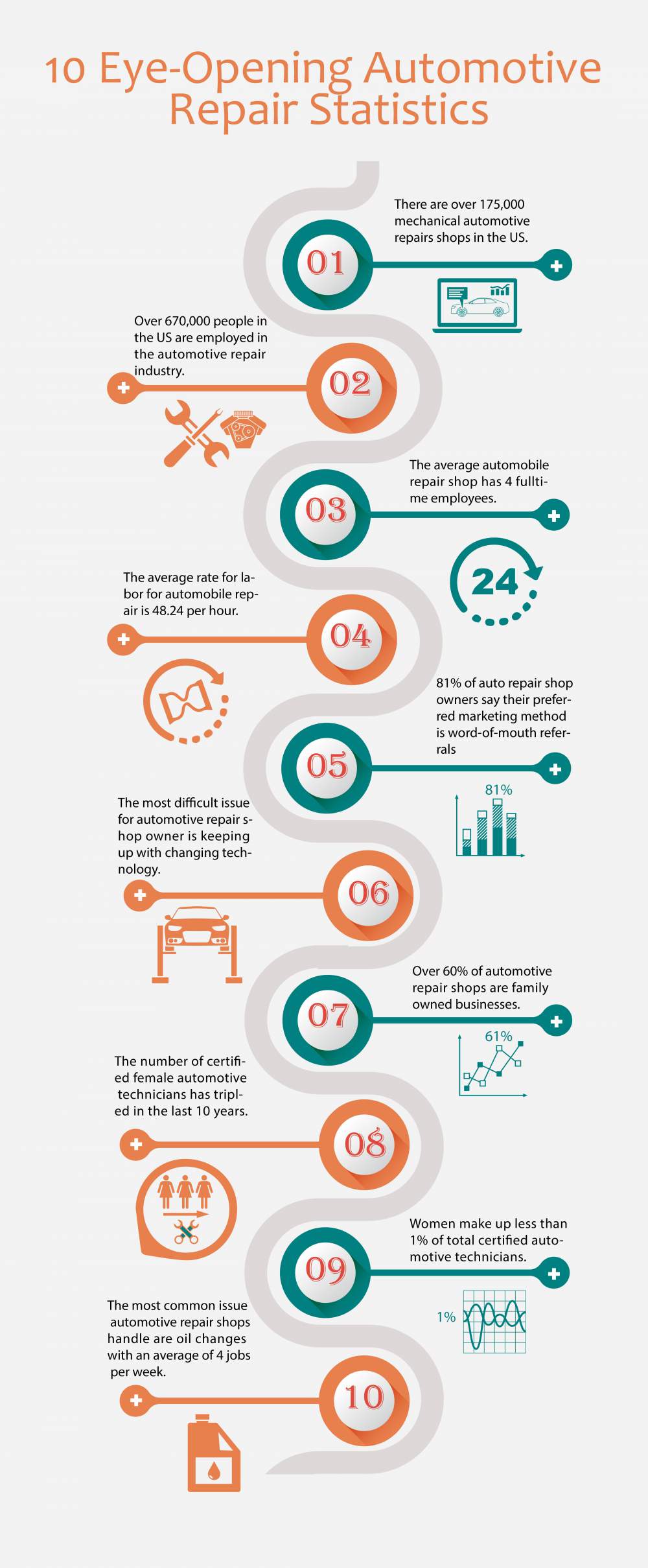Comprehending Your Automobile'S Warning Lights: What Do They Really Mean?
Comprehending Your Automobile'S Warning Lights: What Do They Really Mean?
Blog Article
Short Article Writer-Boye Dalgaard
When you're behind the wheel, those beautiful warning lights on your dashboard can be a bit difficult. Do you recognize what they're attempting to inform you concerning your car's health? Recognizing the relevance of these lights is important for your security and the longevity of your vehicle. So, the following time one of those lights turns up, wouldn't you intend to analyze its message precisely and take the essential steps to resolve it?
Common Warning Lighting and Interpretations
Recognize usual warning lights in your vehicle and recognize their meanings to ensure risk-free driving.
The most regular caution lights include the check engine light, which signifies problems with the engine or emissions system. If this light begins, it's critical to have your car checked without delay.
The oil stress warning light indicates reduced oil pressure, needing immediate interest to stop engine damages.
A blinking battery light might recommend a malfunctioning billing system, possibly leaving you stranded if not attended to.
The tire stress monitoring system (TPMS) light alerts you to low tire pressure, influencing vehicle stability and gas effectiveness. Neglecting this can cause harmful driving problems.
The abdominal light indicates an issue with the anti-lock braking system, jeopardizing your capability to quit swiftly in emergency situations.
Last but not least, the coolant temperature advising light warns of engine overheating, which can cause severe damage otherwise solved quickly.
Comprehending these usual warning lights will certainly aid you attend to issues immediately and preserve risk-free driving conditions.
Relevance of Prompt Focus
Recognizing the common warning lights in your vehicle is only the very first step; the relevance of promptly resolving these warnings can't be emphasized enough to ensure your safety when driving.
When carwashnearbotany brightens on your control panel, it's your car's method of communicating a potential issue that needs focus. Ignoring these cautions can cause more severe problems down the road, compromising your safety and security and potentially costing you extra in repairs.
Trigger focus to warning lights can protect against failures and accidents. For instance, a blinking check engine light could show a misfire that, if left unattended, could trigger damage to the catalytic converter. Addressing this without delay can conserve you from a pricey fixing.
Similarly, a brake system alerting light could indicate reduced brake liquid or used brake pads, essential components for your security when driving.
DIY Troubleshooting Tips
If you discover a warning light on your dashboard, there are a few DIY troubleshooting ideas you can attempt prior to seeking expert aid.
https://ecu-tuning28495.targetblogs.com/31730257/individual-experience-changing-my-jalopy-with-a-weekend-detailing-session is to consult your car's manual to comprehend what the details caution light suggests. In some cases the issue can be as easy as a loosened gas cap setting off the check engine light. Tightening the gas cap may deal with the problem.
One more typical concern is a low battery, which can trigger numerous warning lights. Checking the battery connections for rust and ensuring they're safe and secure could repair the problem.
If a caution light continues, you can attempt resetting it by disconnecting the vehicle's battery for a few mins and afterwards reconnecting it. Furthermore, examining your car's liquid degrees, such as oil, coolant, and brake liquid, can aid troubleshoot alerting lights associated with these systems.
Verdict
In conclusion, recognizing your auto's caution lights is essential for keeping your automobile running efficiently and securely. By promptly attending to these alerts and knowing what they mean, you can avoid costly repair work and prospective malfunctions.
Keep in mind to consult your cars and truck's guidebook for certain details on each cautioning light and act as necessary to ensure a hassle-free driving experience.
Stay informed, stay safe on the road!
